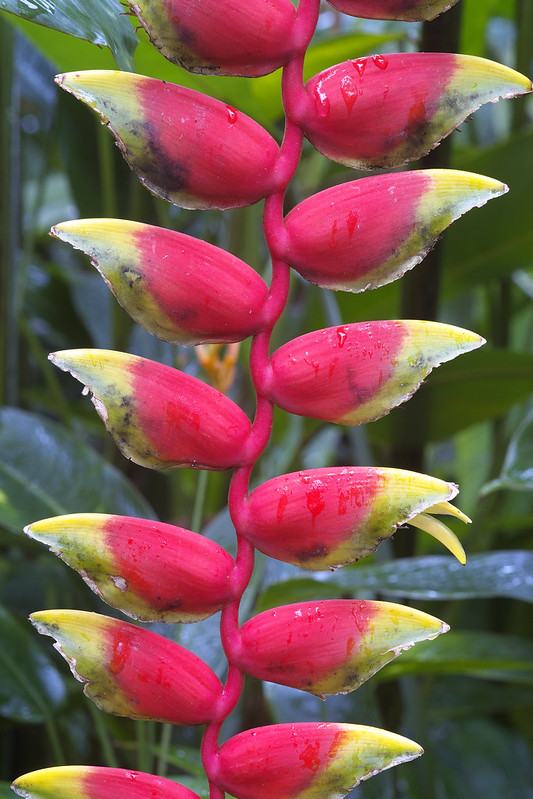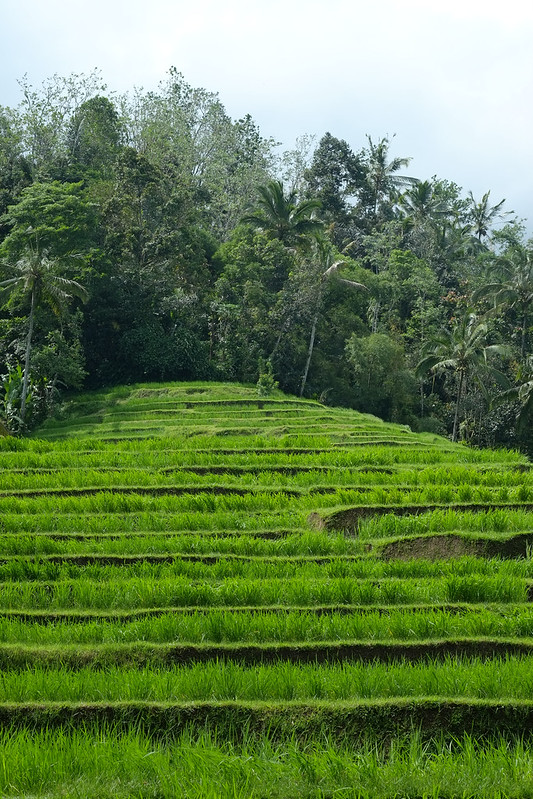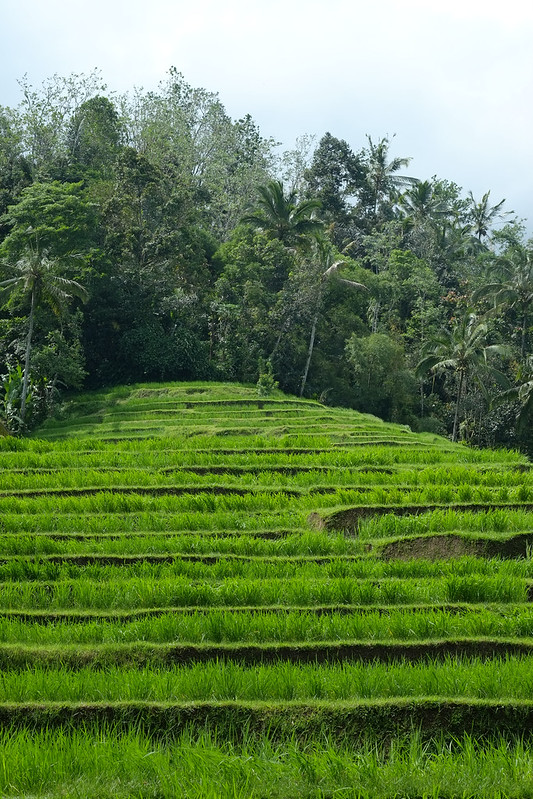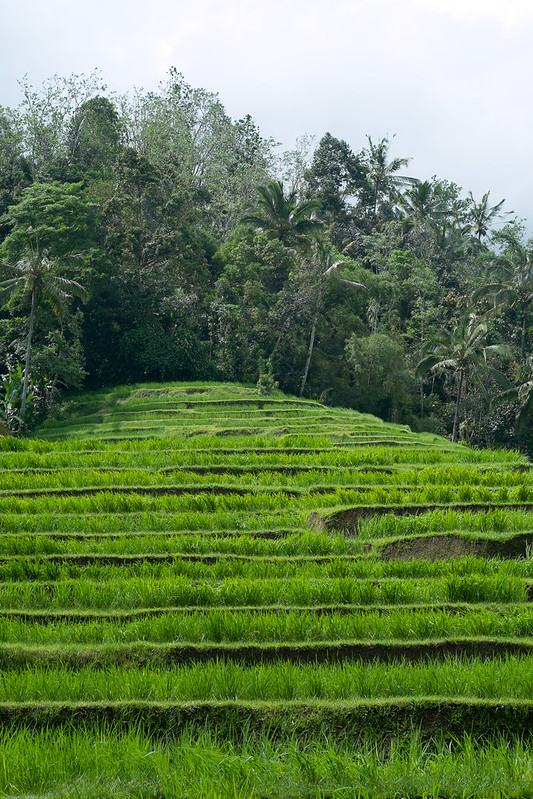RAW Converter Shootout Results
Talk to Rico (open forum for questions & feedback) – Rico’s Flickr sets – RAW converter comparison Flickr set – Mastering the Fujifilm X-Pro1 reading samples (65 free pages) – Pre-order the new book: Mastering the Fujifilm X-E1 and X-Pro1
Hi there!
The jury is in, and the verdict isn’t clear at all.
Thank you everybody for reading and voting in last week’s little RAW Converter Shootout. About 7,000 readers looked at the comparison set on Flickr, and almost 1,000 made up their minds and cast their vote. In this X-Pert Corner special edition, I am going to present the results of our polling.
Let’s start with the first sample: And the winner is…
…Silkypix! Yes, good old Silkypix. While I used the latest version 5.0.45, you can get similar results with Fuji’s bundled RAW File Converter EX (aka Silkypix 3). You can download a current version of RFC EX here for free. For optimal results with this specific image, I used Silkypix’ “Pure Detail” sharpening option.
Let’s have look at the complete polling results for this sample:
- RAW converter #5 – Silkypix 5.0.45 (22%, 199 Votes)
- RAW converter #4 – Capture One Pro 7.1.3 (16%, 144 Votes)
- RAW converter #7 – RPP 64 4.7.1 (15%, 133 Votes)
- RAW converter #3 – Apple Aperture 3.4.5 (14%, 126 Votes)
- RAW converter #2 – Iridient Developer 2.2 (13%, 118 Votes)
- RAW converter #1 – Lightroom 5.2RC (9%, 85 Votes)
- RAW converter #8 – X-Pro1 Internal RAW Converter (8%, 77 Votes)
- RAW converter #6 – AccuRaw 1.1.1 (3%, 30 Votes)
As you can see, there’s no clear winner here. Yes, 22% of all voters prefer the Silkypix version, but this also means that 78% (= the vast majority) of the voters think that another RAW converter did a better job!
Let’s now have a look at our second sample: And the winner is…
…the camera’s internal RAW converter! This result is even trickier to analyze, as the internal RAW converter is the only option that wasn’t able to produce the slightly oversharpened results that this test was all about, so there’s a chance that at least some you of who prefer softer renderings voted for this version just because of that.
Here are the complete polling results for this sample:
- RAW converter C / X-Pro1 Internal RAW Converter (27%, 120 Votes)
- RAW converter E / Capture One Pro 7.1.3 (18%, 81 Votes)
- RAW converter B / Iridient Developer 2.2 (18%, 80 Votes)
- RAW converter F / Apple Aperture 3.4.5 (11%, 50 Votes)
- RAW converter A / Lightroom 5.2RC (8%, 34 Votes)
- RAW converter D / Silkypix 5.0.45 (8%, 34 Votes)
- RAW converter G / AccuRaw 1.1.1 (7%, 29 Votes)
- RAW converter H / RPP 64 4.7.1 (3%, 18 Votes)
This time, I used the standard sharpening option of Silkypix. For the sake of completeness, I have also added a Pure Detail version to my Flickr set. Check it out!
Again, we have some pretty mixed results. While 27% prefer the camera’s internal RAW converter for this image, 73% think that another RAW converter did a better job.
Even worse: The winner in the first sample is a loser in the second sample, and vice versa. However, Capture One Pro scored a solid runner-up position in both samples, so some might consider this software to be the “secret” winner of this contest.
Of course, polls like this are inherently problematic, because voters can see the intermediate results before they cast their vote. It’s human nature to root for the winning team, so once a visible trend has been established, it basically fuels itself. In other words: At least some voters who saw that option C is pretty popular (and option H is not) were more likely to vote for option C (to be part of the winning team and the run with the pack), even though they might have preferred a different option if they hadn’t been aware of the established trend. This means that the actual results are probably even less sketchy than they already look.
Since many of you are using Adobe Lightroom or Adobe Camera RAW, I have rendered a second Lightroom version of sample image #2, but this time with softer sharpening in order to closely match the result of the winning internal RAW converter. Below are both of them (LR and the internal converter). Click on the images to go to Flickr to view and compare the full-size versions:
In tomorrow’s regular X-Pert Corner column, I will have a first look at Fuji’s new XF23mmF1.4 R lens. In case you haven’t seen it, yet, here’s a Flickr set with about 50 samples.
For your convenience, here’s a TOC with links to my previous X-PERT CORNER articles:
- Ultimate RAW Converter Shootout
- First Look: X-M1 with New Kit Zoom and Pancake Lens
- Zeiss Touit vs. Fujinon XF
- Remote Shutter Control for X Series Cameras
- Apple Camera RAW, X-Trans and EXR
- First Look: XF55-200mmF3.5-4.8 R LM OIS
- Studio X
- Using the X100S
- Using the X20
- X100S vs. X100
- X20 vs. X10
- RAW, JPEG, Silkypix and “Fuji Colors”
- Adapting Third-Party Lenses (updated with Speed Booster)
- RAW for JPEG Shooters…
- Tips for Updating your Firmware
- How to Clean the X-Trans Sensor
- Using the XF14mmF2.8 R
- Decoding XF18-55mmF2.8-4 R LM OIS
- Comparing RAW converters: JPEG vs. Lightroom, Capture One, Silkypix & RPP
- XF14mmF2.8 R appears to be almost distortion free
- How to Expand Dynamic Range
- How to Use Extended ISO
- EXR, anyone?
- Capture One – When the Going Gets Tough…
- Using Shooting Profiles and the Quick Menu
Rico Pfirstinger studied communications and has been working as journalist, publicist, and photographer since the mid-80s. He has written a number of books on topics as diverse as Adobe PageMaker and sled dogs, and produced a beautiful book of photographs titled Huskies in Action (German version). He has spent time working as the head of a department with the German Burda-Publishing Company and served as chief editor for a winter sports website. After eight years as a freelance film critic and entertainment writer in Los Angeles, Rico now lives in Germany and devotes his time to digital photography and compact camera systems. His book “Mastering the FUJIFILM X-Pro1” (Kindle Edition) (Apple iBook Store) (German version) is available on Amazon and offers a plethora of tips, secrets and background information on successfully using Fuji’s X-Pro1 and X-E1 system cameras, lenses and key accessories.





